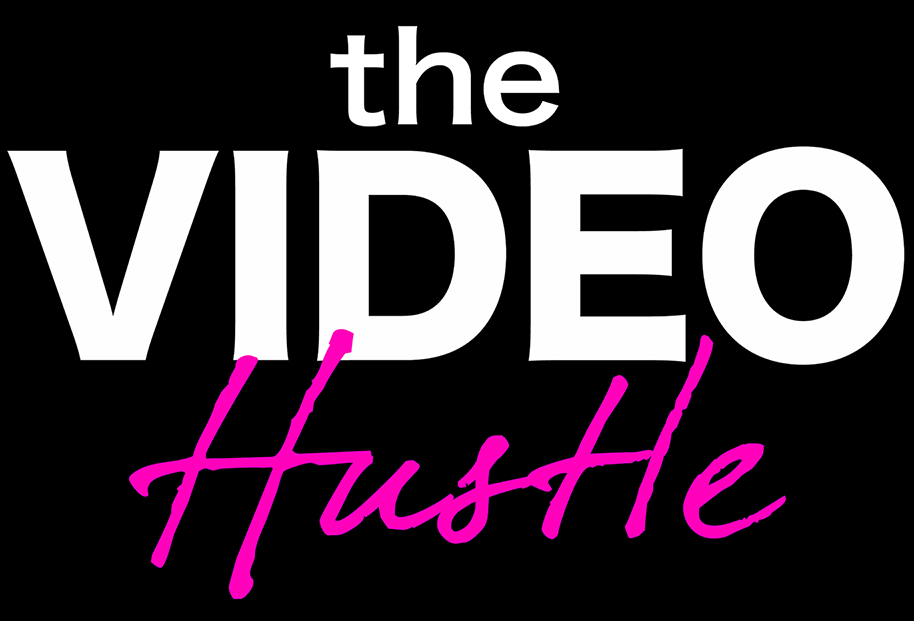GEAR GUIDE
Best Vlogging Cameras
It’s a wonderful thing to have the power to tell your own story. That’s why I love vlogging—you are the producer, the shooter, the writer, the editor, and the host—you are a one person show! You have complete control over the story and it’s so much fun.
Choosing the “right” camera
Choosing the right camera is an important decision. It not only dictates the quality of your footage, it also determines your workflow. Taking shortcuts in the field can not always be fixed in post, so it’s best to start with the best quality ingredients so you have the maximum flexibility.
Your camera will dictate what your workflow looks like in the field and in the edit. Will you be recording audio? Will you be filming in auto or manual settings? Do you want the ability to change lenses? Do you need to monitor video settings in camera (waveforms, peaking, zebras, audio levels, LUT overlays)? Will you be in one location or on the move?
You may also want to consider how others will perceive you. Sometimes you want to go super stealth and under the radar. Other times you might want to look like a pro to get access and impress your clients with your professional set up.
A few considerations:
What’s your goal? YouTube? TikTok? This will help you understand what the format of your content might look like, as well as the length of the piece, and the aspect ratio (Vertical or Horizontal)
Are there technical requirements to submit your video (ie. many TV networks have a list of approved cameras and camera specs and a certain percentage of the show has to be filmed with those quality tools)
Must Have’s
No mater what camera you choose, a few must-have’s that really separate cameras that shoot video from proper vlogging cameras.
Vari-angle LCD screen for ease filming at various angles
Wide angle lens—so you can avoid a super close-up of face (this is even easier when paired with a full frame camera)
Audio Jack — so you can attach an external microphone
Headphone Jack — so you can monitor the sound
Nice to Haves
When shooting with a dedicated camera, it’s helpful to bring
Extra batteries—no fun running out of juice
Extra memory cards—so you’re not limited when you’re on the go, and helps you keep your footage organized
Additional supplies. Read What’s in My Bag.
Getting Started
PHONE
Convenient—it’s in your pocket!
Easy to publish on social media if you’re doing an all mobile workflow for editing
Not the best audio
Not the best workflow in the field — battery life, storage space
GO PRO
waterproof
automatic
has a specific “look” (wide angle)
Mid-Range
The Canon EOS M50 Mark II or Canon EOS M6 Mark II
This is a great camera for getting started.
Audio Jack
Audio Jack
Professional
full frame sensor — top quality and you can enjoy more wide shots (great for selfies)
vary-angle LCD Screen
Audio Jack
Headphone Jack
Canon EOS R5
same as above
Canon EOS R5 C
same as above
It’s like having two cameras in one—Pro Photo and Video! Best of both worlds!
On the video setting, you have professional controls like peaking, zebras and more. You can see the audio levels.
Wide Angle Lens
Super helpful for vlogging so you’re selfie is not too close!
Reliable auto-focus
Consider Image Stabilization for steady shots
How to Film Your Selfie with Juliana Broste aka TravelingJules
Support
Your arm
The environment
A selfie Stick
A tripod
A gimbal









